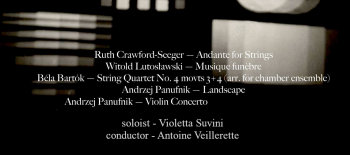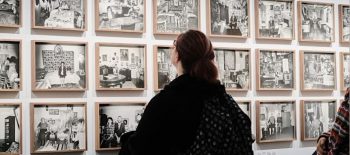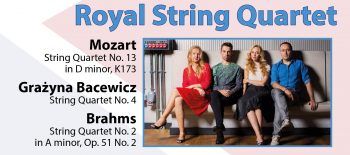POLISH PAVILION AT THE 59TH INTERNATIONAL ART EXHIBITION
For the first time in the over-120-year history of the Venice Biennale, a Roma artist will represent a national pavilion. The project proposed by curators Wojciech Szymański and Joanna Warsza was the winner of a competition organised by Zachęta — National Gallery of Art.
An abandoned hotel in the heart of Zakopane mountain village has been arranged as a temporary studio, where the artist and her team are working every day on a monumental series of twelve textiles — a spectacular installation for the Polish Pavilion.
Małgorzata Mirga-Tas is currently one of the most famous names in the Polish art world, and her international reputation is on the rise. This Polish-Roma artist and activist will represent Poland at the Biennale Arte 2022, challenging stereotypes, presenting an insightful, unprejudiced picture of the Roma community, and drawing attention to the role women have played in Romani history. Her works are created from pieces of fabric by, as she puts it, ‘throwing the material into the picture’. Her large-format collages often use pieces of the wardrobe of the subjects portrayed: fragments of skirts, scarves or shirts, which become literal carriers of history.
The monumental project for the Polish Pavilion consists of twelve large-format textile installation. It alludes to the famous ‘Hall of the Months’ fresco series from the Renaissance Palazzo Schifanoia in Ferrara, Italy, one of the most mysterious buildings in European architecture. These paintings, which date back more than 500 years, depict Olympian gods, zodiac signs and decans, as well as scenes from court life in Ferrara at the time. The symbols of the palace interior, as well as its layout and form, are the artist’s visual and ideological reference points. Each of the twelve fabrics presented in the Pavilion will be divided into three horizontal sections.
The upper section will depict the history of Romani peregrinations across Europe, referencing the engravings of Lorraine printmaker Jacques Callot. Created in the seventeenth century, these engravings are full of anti-Roma stereotypes. The artist disenchants this painful narrative and draws on historical works to create her own large-scale collages, showing the rich world of the Romani past and mythology. The middle section is an archive of Roma history, built from a female perspective. In recent years, Mirga- as has created a number of works dedicated to the important women in her life, making up the Herstories series. Portraits of representatives of the Roma community will be complemented by symbols borrowed from tarot cards and zodiac signs from Palazzo Schifanoia. Combining images of real women with magic and astrology will transform them into symbolic guardians of fate, goddesses and prophetesses.
The lower section consists of twelve paintings depicting contemporary everyday life in the artist’s home village in Poland — Czarna Góra, and in the areas to which she is most closely connected — Podhale, in the south of Małopolska, and the multicultural Spisz. They mainly show women, their relationships, alliances and shared activities.
The project Re-enchanting the World, prepared specifically for the Polish Pavilion at the Biennale Arte 2022, is an attempt to find the place of the Roma community in European art history. Małgorzata Mirga-Tas will transform key images in European art history by inserting representations of Roma culture and reversing the stereotypical narrative. The ‘re-enchantment’ of the title, inspired by Silvia Federici’s book Re-enchanting the World: Feminism and the Politics of the Commons (2018), is a non-violent process to change the world’s errant paths, lift the evil spell from the world, and help regain a sense of community and rebuild relationships with others. With reference to the title of this year’s Biennale (The Milk of Dreams), the artist will create a magical world, which will become a kind of temporary and interim shelter for the viewer — an asylum offering hope and respite.
The exhibition will be accompanied by a catalogue in Polish and English, which, in addition to the curators’ texts, will include essays by specially invited writers (Ali Smith, Damian Le Bas, scholar Ethel Brooks), and poems by Teresa Mirga and Jan Mirga. The co-publisher of the publication is Archive Books, Berlin.
POLISH PAVILION AT THE 59TH INTERNATIONAL ART EXHIBITION — LA BIENNALE DI VENEZIA
Venice, 23 April–27 November 2022
Małgorzata Mirga-Tas
Re-enchanting the World
curators: Wojciech Szymański and Joanna Warsza
organiser: Zachęta — National Gallery of Art
Polish Pavilion commissioner: Janusz Janowski (from 2022), Hanna Wróblewska (till end of 2021)
Polish Pavilion office: Ewa Mielczarek, Joanna Waśko (deputy commissioner)
more about the exhibition: labiennale.art.pl




